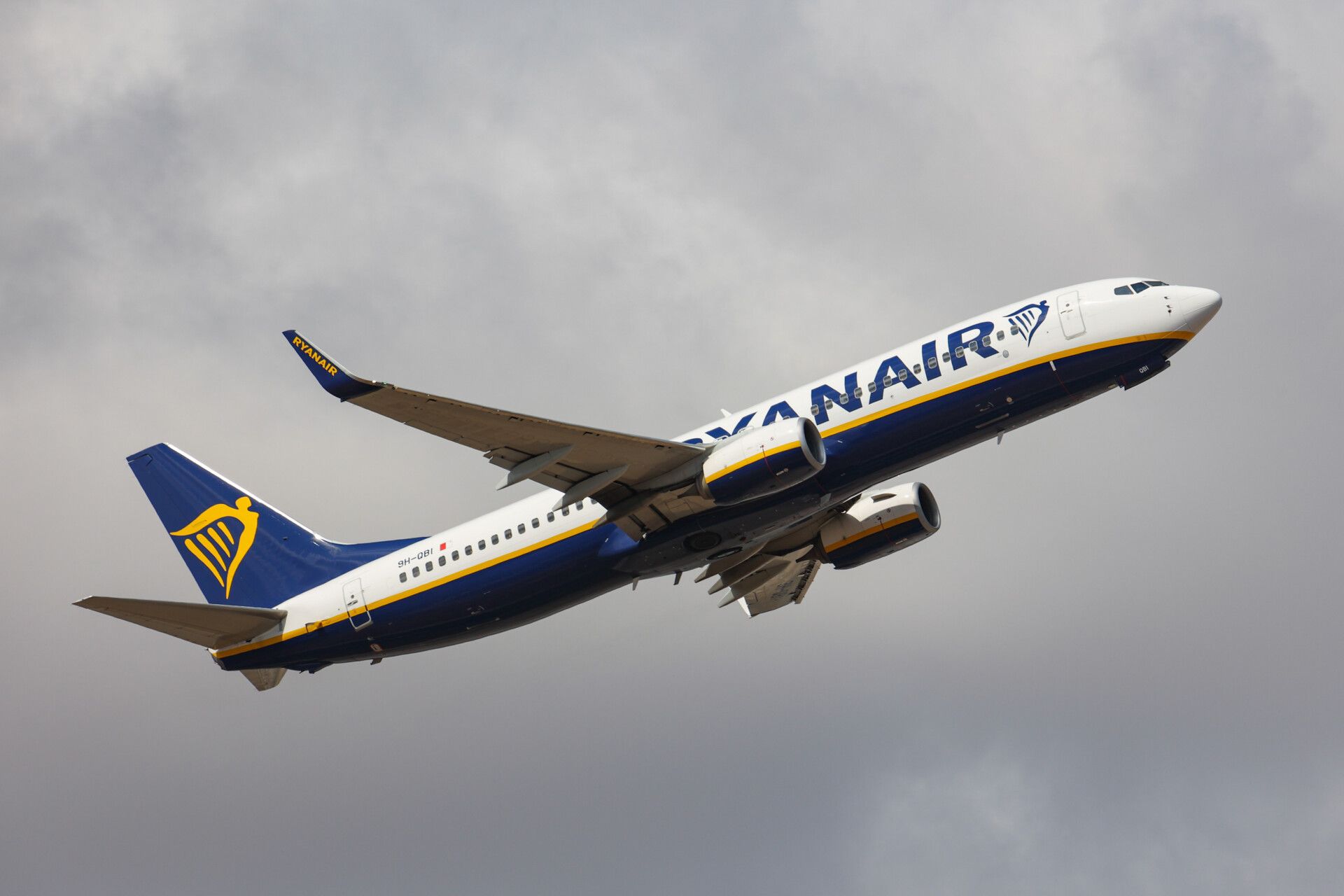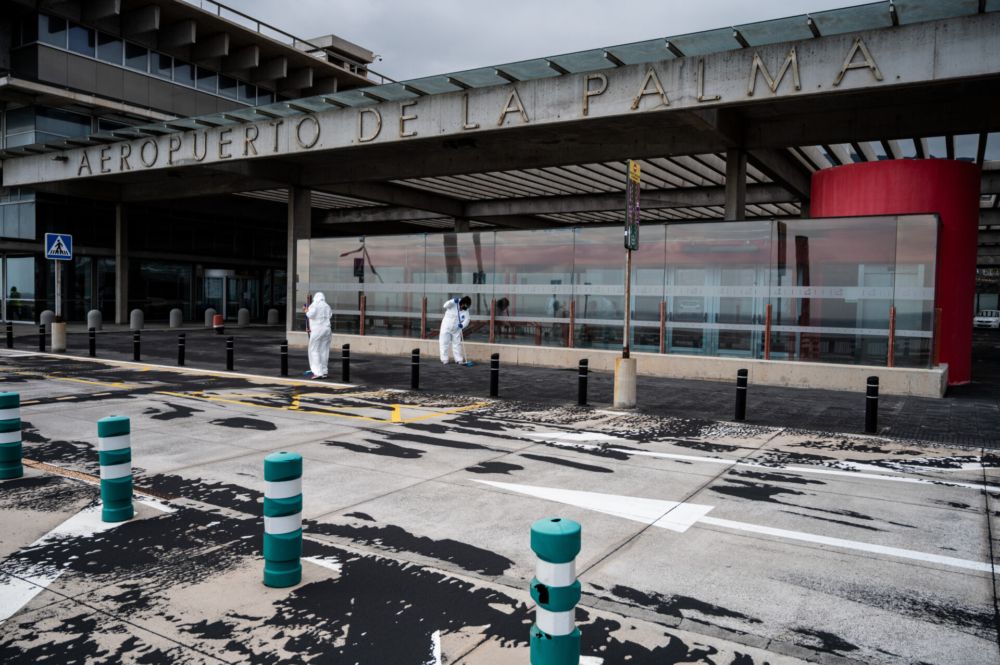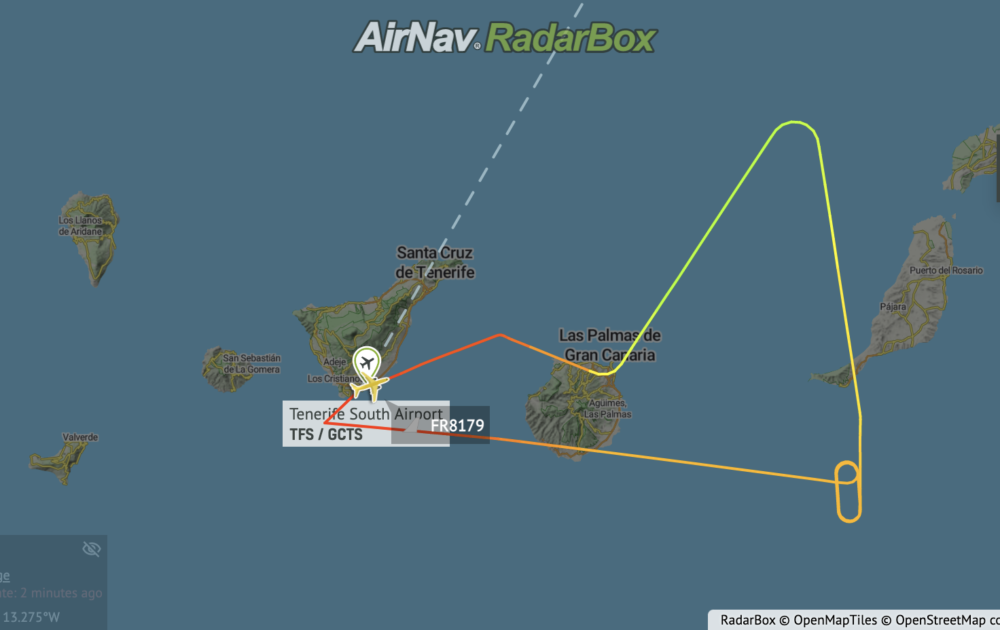This past Monday, a Ryanair Boeing 737-800 leaving Tenerife in Spain on its way to Brussels Charleroi had to return to its departure airport after the pilots declared an emergency. Upon inspection, it turned out both engines had ingested ash from the La Palma volcano eruption.
The ongoing eruption of the Cumbre Vieja volcano on La Palma continues to cause significant woes to the surrounding areas. Over 1,100 buildings have been destroyed by lava and molten rock since the eruption began on September 19th, and more than 6,000 people have been evacuated.
Stay informed: Sign up for our daily and weekly aviation news digests.
Air traffic disruption
Volcanic eruptions are notoriously disrupting to aviation. The 2010 eruptions of Eyjafjallajökul may pale in comparison to COVID in terms of crisis. However, those stuck across Europe for days most likely do not remember the time fondly. The explosive eruption of La Palma and the ash it is expelling has no jet stream to hitch a ride with to shut down an entire continent. However, it is still causing mischief for airlines.
One week ago, authorities closed down the island's airport for the second time after a build-up of ash and dust on the runway. A few days later, this past Monday, a Ryanair Boeing 737 on its way from neighboring Canary Island Tenerife towards Brussels in Belgium had to make an emergency landing after its engines ingested volcanic ash.
Evasive maneuver not enough
On Monday, a ten-year-old Ryanair Boeing 737-800 with registration EI-ENP was operating flight FR8179 from Tenerife to Brussels. Shortly after departure at 17:30, at about 6,000 feet, the crew turned right in order to avoid an ash cloud. After reaching the next island eastwards, Gran Canaria, the plane once more steered north.
However, it seems the sneaky ash had managed to find its way into the engines despite the evasive maneuver. At about 22,000 feet, the crew stopped the climb. According to the Aviation Herald, they declared an emergency and reported a problem with both engines. The aircraft entered a holding pattern and then landed back at Tenerife South's runway 07 about two hours after initial departure.
EI-ENP back in the air
While there is, unusually enough, no direct footage to be found across social media, passengers said that plenty of emergency services met the aircraft upon landing. Thankfully, the plane touched down without incident. The airline deployed a replacement aircraft of the same type, and the flight landed at Brussels Charleroi six and a half hours behind schedule.
Meanwhile, the affected aircraft stayed on the ground for another two days before flying to London Stansted on October 13th. According to flight radar services, it operated a scheduled service to Alicante on Thursday morning, landing at 09:48 local time.
Simple Flying has reached out to Ryanair for additional comments but had not yet received a response at the time of publication.
Have your travels ever been affected by a volcanic eruption? Leave a comment below and share your story with us.



